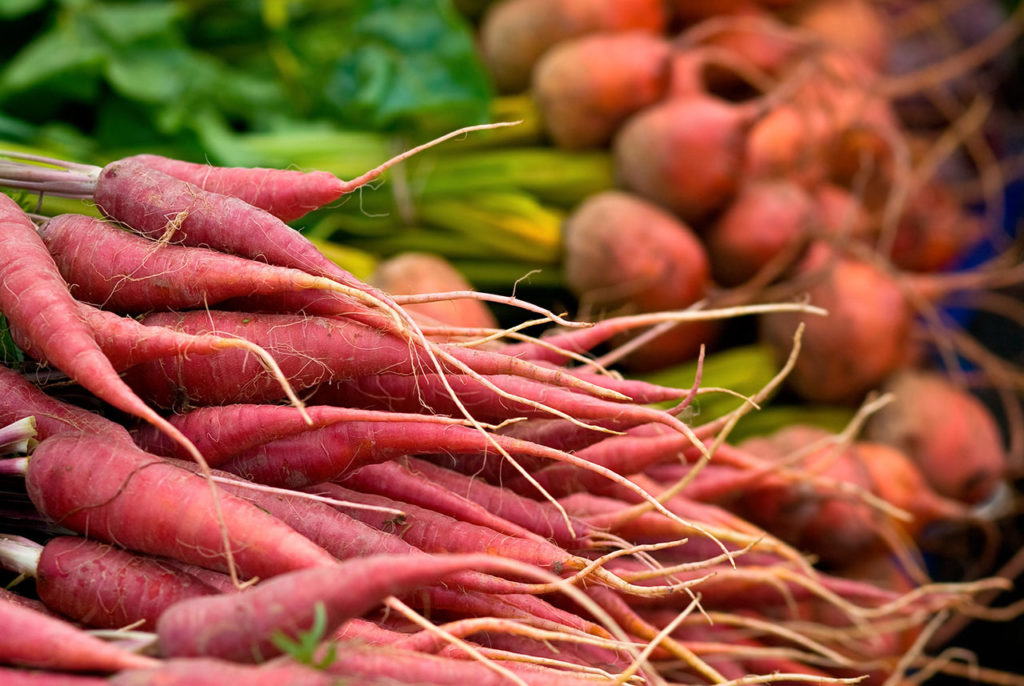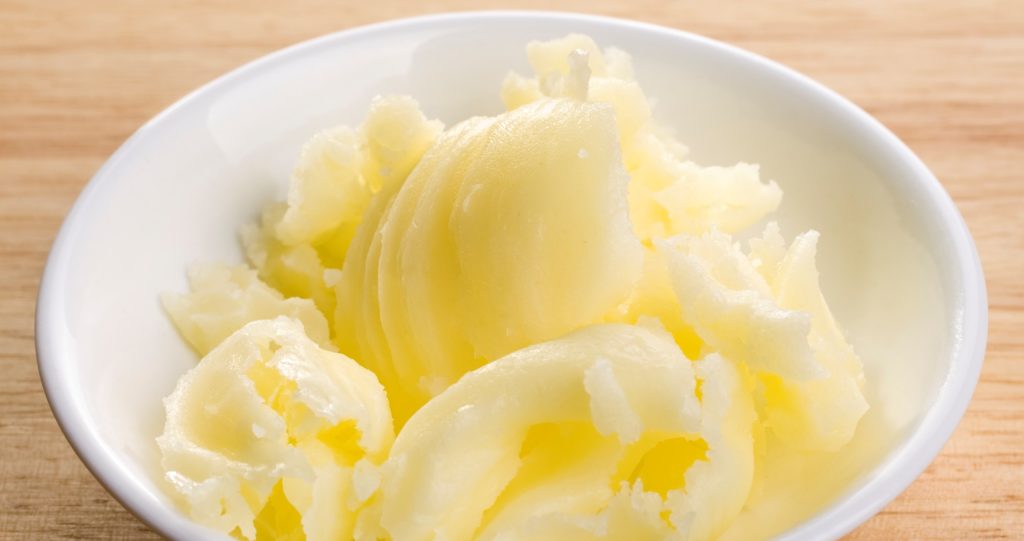 If you experience any of the following symptoms, your vata doṣa could be out of balance:
If you experience any of the following symptoms, your vata doṣa could be out of balance:
- Dry skin
- Constipation or hard, dry stools
- Gas, Bloating
- Cold hands and feet
- Light sleep or interrupted sleep
- Nervousness
- Experiencing fear, anxiety, or even panic
- Having a scattered mind or feeling spacey
- Too much thought
- Twitches or spasms
- Low body weight
- Fragile bones
There are various ways to pacify doṣas. Diet, lifestyle, yoga, and herbs are a few examples. Since “You Are What You Eat”, diet is a great place to start. The principles of a Vata pacifying diet are as follows. (Text Book of Ayurveda Fundamental Principles, Lad, 2003). These are general guidelines and it is always better to have a diet plan created especially for you. If this is something you’re interested in, please feel free to contact me for a complete Ayurvedic consultation.
The main gunas (see previous blog) for vata are dry (rūksha), light (laghu), rough (khāra), cold (shita), hard (kāthinya), subtle (sūkṣma), mobile (chala), and clear (vishada). To balance these gunas or tendencies you would want to experience their opposites. Therefore, eat foods that are warm, heavy, and oily and that have the tastes of sweet, sour, and salty. Avoid foods that are cold, dry, and light and that have predominant tastes of spicy, bitter, and astringent. Because the vata constitution has the least amount of stamina and endurance, eat foods that are cooked (predigested). They will be easier to digest and not drain the system of energy. Foods that are harder to digest such as lettuce, corn, nuts and beans need to be eaten in moderation.
Fruit: Most fruit is good. Sweet fruit, ripe bananas, berries, cherries, grapefruit, grapes, lemons, limes, melons , oranges, peaches, pineapple, plums, prunes (soaked), raisins (soaked), and olives. Avoid dried fruit, raw apples, pears, dried prunes and dried raisins.

Vegetables: Most vegetables, especially root vegetables, are good as long as they are cooked. Asparagus, beets, carrots, cilantro, cucumber, green beans, cooked onions, parsnip, cooked peas, sweet potatoes, pumpkin, summer squashes, and zucchini. In moderation you may have leafy greens, lettuce, spinach, and sprouts. Occasionally you may have fresh corn and cooked tomatoes. In general, avoid dried, frozen or raw vegetables. Broccoli, cabbage, cauliflower, celery, eggplant, kale, mushrooms, raw onions, raw peas, peppers, white potatoes, winter squashes, and raw tomatoes.
Grains: Choose cooked oats, quinoa, basmati, brown, white, and wild rice, and wheat. Amaranth may be eaten in moderation. Avoid barley, bran, yeast bread, corn, granola, millet, dried oats, and rye. Occasionally you may have buckwheat and rice cakes.
Legumes: Eat mung beans and in moderation you may have red lentils, soy cheese, soy milk, soy sauce and tofu. Occasionally you may have miso. Avoid black beans, chick peas, kidney beans, brown lentils, navy beans, dried peas, pinto beans, soy beans, and tempeh.

Dairy: Most dairy is okay to eat. Buttermilk, butter, ghee, soft cheese, cow’s milk, and goat’s milk. Occasionally you may have hard cheese and sour cream, and ice cream as well as spiced yogurt. Avoid powdered cow’s milk, powdered goats milk; plain, with fruit or frozen yogurt.
Animal Foods: If you need to eat meat for medicinal reasons, choose beef, dark meat chicken, eggs, all fish, shrimp and dark meat turkey. Avoid white meat chicken, lamb and mutton, pork, rabbit, venison, and white meat turkey.
Condiments: Lemon, lime, mayonnaise, mustard, pickles, salt, seaweed and vinegar. You may eat chili peppers in moderation. Avoid Chocolate and horseradish.
Nuts: In moderation all nuts are good.
Seeds: Eat flax, pumpkin, sesame and sunflower seeds. Avoid psyllium seeds.

Oils: (For internal and external use), ghee, sesame, and olive oils. For external use only, coconut. Avoid flax seeds.
Beverages: You may use almond milk, apple cider, grain coffee, grape juice, lemonade, orange juice, and pineapple juice. In moderation you may have carob and soy milk as long as it is well-spiced and hot. Herb Teas you may enjoy are fennel, licorice, peppermint and rosehips. In moderation, cinnamon tea. Avoid alcohol, apple juice, caffeinated beverages, chocolate milk, cranberry juice, icy cold drinks, iced tea and cold soy milk. In herb teas, avoid dandelion and ginseng, but occasionally you may drink nettle tea, red clover tea and yerba mate.
Spices: All spices are good.
Sweeteners: Eat barley malt, raw honey, molasses, natural sugar, rice syrup. Occasionally you may have maple syrup. Avoid white sugar.
Remember to eat your largest meal at lunch time, your second largest in the morning with the smallest meal in the evening. Also remember that you need all 6 tastes to be truly satisfied. However the amount of each of these tastes needs to be adjusted according to the constitution. For the vata constitution, sweet taste promotes love and satisfaction, and helps calm the anxious vata mind. Sour taste sharpens the vata mind and senses, and salty taste calms the anxious vata mind. Pungent taste causes all dosha to become more extroverted and expressive. In excess, bitter taste, promotes grief and depression and astringent taste promotes fear and insecurity in the vata type.
Ayurveda doesn’t view diet in “western” terms such as calories, proteins, carbohydrates, fats, fiber, or by the amounts of ounces, cups, or teaspoons. The amount of food at each meal is determined by the “añjali”. Dr. Lad describes an añjali as a measurement formed when two hands meet together to make an empty bowl. If this doesn’t look like much, it isn’t. But then we are used to oversized portions and meals which seem to have become the norm in our country today. This, I believe, has contributed largely to many of us becoming oversized ourselves. Everybody’s hand sizes are different depending on the general size of their body.
Therefore, their “anjali” or meal size is in accordance to their particular body size. As I so often find and love about Ayurveda, such common sense.
